Methodological strategies and their influence in the attention of special educational needs not associated with a disability in children, School Estenio Burgos Galarza
Keywords:
elementary basic , education, teaching, , special educational needsAbstract
The focus of education today has an important role in achieving social transformations in order to guide the field
of education, democracy and good living. The objective of this study was to analyze the methodological strategies
implemented by teachers to care for children with special educational needs not associated with disabilities at the
"Estenio Burgos Galarza" School in the Quevedo canton, Republic of Ecuador. For this purpose, techniques such as
interviews and surveys were applied to the parents of elementary school students, to determine the problem and
generate an adequate diagnosis. Among the main results, it was obtained that between 20 - 50% of the students have
special educational needs not associated with a disability, and that teachers do not apply strategies that help improve
student performance, for which a study was carried out. training plan for teachers to develop educational strategies in
view of the need to know how to teach and reinforce knowledge to students who present this type of educational needs.
In addition, in this way it was sought that educators validate and increase information on special educational needs and
become direct actors of inclusion to help students with learning difficulties in the classroom. What allowed them to have greater possibilities when building knowledge, skills and abilities and their subsequent implementation in class.
References
Ainscow, M. (2003). Using teacher development to foster inclusive classroom practices. Booth, T. and Nes, K. and Stromstad, M. 15-32
Álvarez, A; Diéguez, M. (2010). Trastorno del Aprendizaje. s.c : Bol Pediatr
Arco, J; Fernández, A. (2004). Necesidades educativas especiales. Manual de evaluación e intervención psicológica. (1ª Ed.). McGraw Hill.
Arteaga, B; García, M. (2008). La formación de competencias docentes para incorporar estrategias adaptativas en el aula. Revista Complutense de Educación, 253-274.
Bermeo, R. (2011). Adaptaciones curriculares en el aula para la atención a niños y niñas con dificultades de aprendizaje de la lectoescritura. Cuenca: Ecuador.
Bixio, C. (2005) Enseñar a aprender: Construir un espacio colectivo de enseñanza aprendizaje. HomoSapeins.
Cabada, J. (2004). La atención educativa a la diversidad. Periódico Digital Comunidad Escolar, (753).
Díaz, A; Hernández, J. (2001) Estrategias docentes para un Aprendizaje significativo. Una interpretación constructivista. Editorial Mc GrawHill. México.
Duk, C; Murillo, J. (2011). Aulas, escuelas y sistemas educativos inclusivos: la necesidad de una mirada sistémica. Revista Latinoamericana de Educación Inclusiva. 5(2), 11-12.
Fernández, A; Arjona, P; Arjona, T; Cisneros, Á. (2011). Determinación de las NEE. En Determinación de las Necesidades Educativas Especiales (pp. 28-31). Trillas.
Galeano, N. (2016). Estrategias Metodológicas aplicadas por los docentes para la atención de niñas(os) con necesidades educativas especiales, asociados a una discapacidad. Obtenido de https://repositorio.unan.edu.ni/1215/1/14556.pdf
García, M. (2014). Las TICs aplicadas a las Necesidades Educativas Especiales. Universidad de Valladolid.
González, M. (2011). Estilos de Aprendizaje y su influencia para aprender a aprender. Revista Estilos de Aprendizaje, 7(7), 1-13.
Luque, D. (2009). Las necesidades educativas especiales como necesidades básicas. Una reflexión sobre la inclusión educativa. Revista Latinoamericana de Estudios Educativos, XXXIX(3-4), 201-223.
Magaña, M. y Ruiz, P. (2015). Trastornos específicos del aprendizaje. Faros, pp. 21- 29.
Ministerio de Educación. (2011). Estrategias pedagógicas para atender a las necesidades educativas especiales en la educación regular. Editorial Ecuador.
Morales, B. (2008). Adaptaciones Curriculares en Centros Educativos Regulares para niños y niñas con NEE Asociadas a la baja Visión. UTE.
Ortega, E. (2016). Las necesidades educativas especiales no asociadas a una discapacidad y el rendimiento académico.
Rosenberg, M; Westling, D; Mcleskey, J. (2008). Special education for today´s teacher; an introduction. Upper Saddle River, N. J.; Pearson/Merill/Prenstice Hall.
Silva, M. y Jiménez, L. (2009). ¿Necesidades Especiales en mi aula? Depósito Legal en la Biblioteca Nacional del Perú.
Vega, A. (2005). Integración de alumnas con necesidades educativas especiales: ¿coherencia entre los discursos y las prácticas pedagógicas ejercidas por los profesores básicos? Universidad de Chile.
Veloz, A. (2018). La tecnología educativa y su relación con el desarrollo de la comprensión lectora de los niños.
Published
How to Cite
Issue
Section
License
Copyright (c) 2023 Nury Mercedes Nuñez Diaz, Alexandra Isabel Cárdenas Loor, Shirley Vanessa Betancourt Zambrano, Karina María Caicedo Chambers

This work is licensed under a Creative Commons Attribution-NonCommercial-NoDerivatives 4.0 International License.
This journal provides immediate open access to its content, based on the principle that offering the public free access to research helps a greater global exchange of knowledge. Each author is responsible for the content of each of their articles.

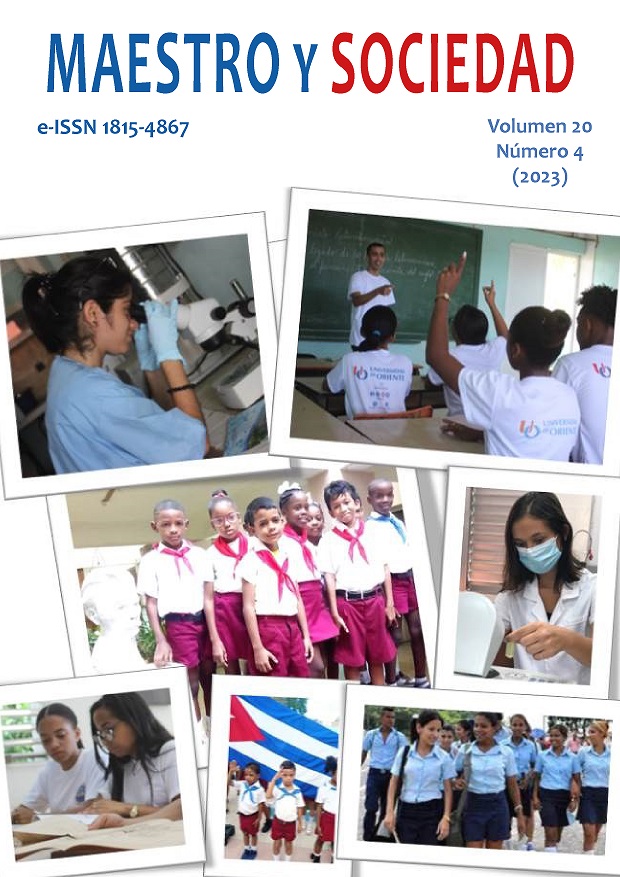

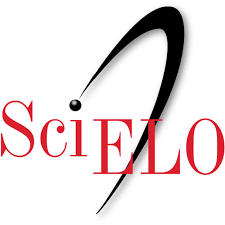






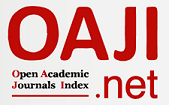





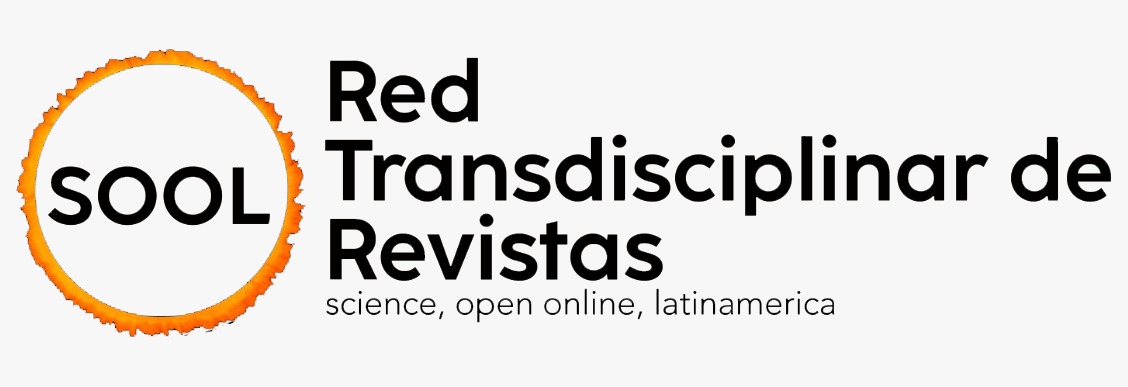



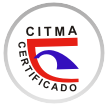






 Universidad de Oriente
Universidad de Oriente 